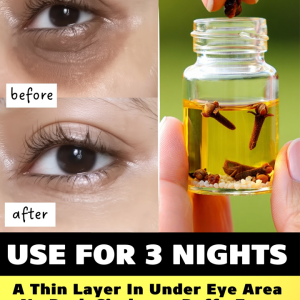
For years, the general rule of thumb has been that a blood pressure reading of 120/80 mmHg represents ideal health.
But new research and expert insights suggest this benchmark may not be accurate for everyone, particularly as people get older. It’s worth taking a closer look at what truly defines “normal” blood pressure across different stages of life.
Blood Pressure Varies With Age and Individuals
Blood pressure isn’t a one-size-fits-all number. While 120/80 has been the traditional target, this may not be appropriate for everyone. Health experts now emphasize that “normal” depends on factors such as age, overall health, and lifestyle. For older adults, whose bodies naturally undergo changes, a slightly higher range may be healthier and more realistic.
As we age, arteries naturally stiffen, which can raise systolic blood pressure. This explains why many older adults record higher numbers. Treating these readings as strictly abnormal may sometimes cause more harm than good. Instead, many healthcare providers focus on managing blood pressure in a way that minimizes age-related risks rather than chasing a rigid number.

Different Global Standards
What counts as high or low blood pressure can also vary around the world. Genetics, culture, environment, and dietary habits all play a role in shaping blood pressure standards in different regions. This global variation makes it clear that a universal “ideal” number doesn’t truly exist.
Understanding the Numbers
To better understand blood pressure, it helps to know what the numbers mean. The top number, systolic pressure, measures how much force the heart uses to pump blood into the arteries. The bottom number, diastolic pressure, measures the pressure when the heart rests between beats. Both are important and give valuable information when viewed together in context.
Lifestyle’s Role in Blood Pressure
Healthy habits are key in managing blood pressure. Regular exercise, a diet rich in fruits and vegetables but low in sodium, maintaining a healthy weight, and limiting alcohol and tobacco use all make a big difference. For older adults in particular, these lifestyle factors are critical in keeping blood pressure under control and reducing complications.

The Importance of Regular Check-Ups
Consistent monitoring with a healthcare provider is essential. Regular visits ensure accurate tracking of blood pressure and help tailor treatment plans to an individual’s unique needs. Having open discussions with doctors about readings and their implications can lead to better decisions and improved long-term health.
While the 120/80 standard has long been seen as the benchmark, it’s increasingly clear that a personalized approach is best. By recognizing individual differences and lifestyle influences, we can move toward healthier, more practical blood pressure management that supports overall well-being.




